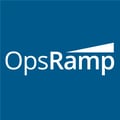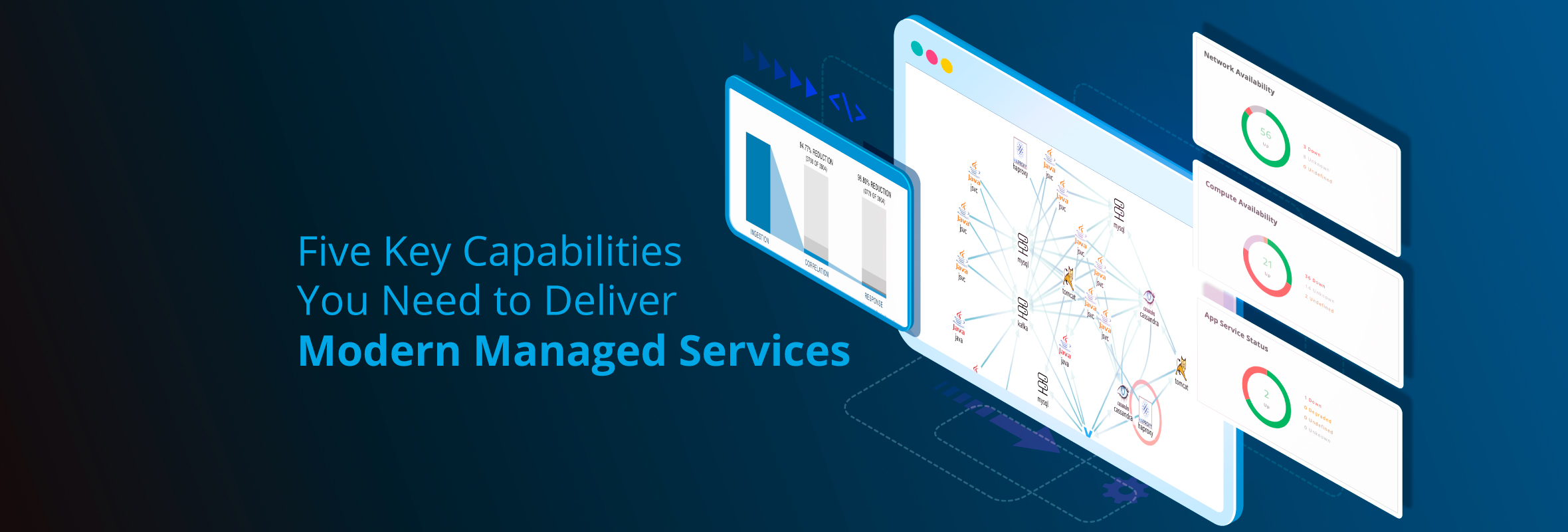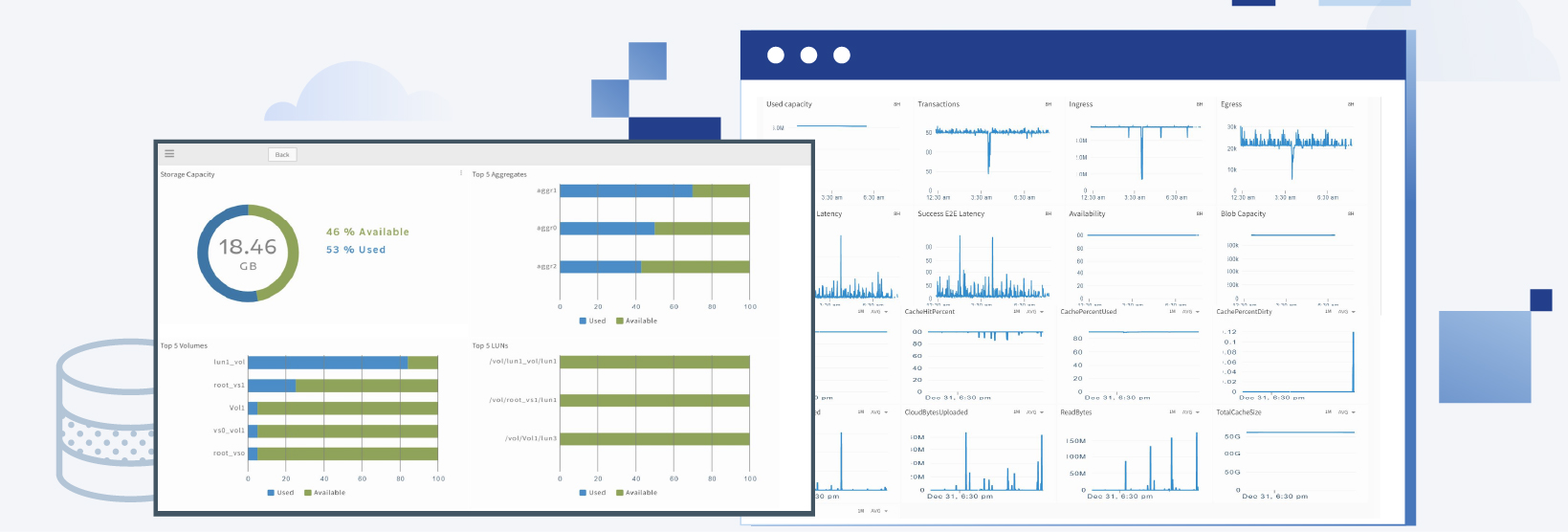IT operations management teams are increasingly being asked to deliver and manage business critical IT services over a supply chain of on-premise and cloud based resources. This transformation calls for a new paradigm, IT Operations Management as a Service, to unify IT operations management functions.
Drivers for IT Operations Management As A Service
In the past, IT assets (servers, storage, network devices, and applications) all came from the same place, the shared data center. IT assets today come from a diverse IT supply chain with many providers and are hosted both on-premise and in the cloud. Virtual infrastructure providers and infrastructure as a service vendors are now supplementing the traditional in-house physical infrastructure. Nearly all businesses today are using at least one software as a service (SaaS) based application without the need to install, maintain, or upgrade any IT infrastructure.
Public cloud computing has brought new cost transparency to IT resources. Now that you can buy resources on-demand from cloud providers, business leaders want clear visibility into what each resource costs and how much value it's delivering. Managers want to understand which type of resources offers a better deal over a longer period of time: cloud infrastructure providers and application vendors or on-premise applications and infrastructure? This requires IT to deliver visibility into the costs and benefits of different kinds of IT resources.
Delivering IT Operations Management As A Service
Today IT operations must be delivered as a service centrally using a supply chain of on-premise and cloud-based resources. As an IT department offering IT operations as a service, you must provide a catalog of common management services (configuration management, runbook automation, monitoring, maintenance, alert management, event management, and incident management) that your lines of business can sign up for. There are four key capabilities for delivering IT operations management as a service:
- Unified visibility and control. For managing resources across the IT supply chain, IT managers require specific metrics (availability, response times, capacity utilization, and configuration) on how these IT resources are performing along with management control for resolving issues that arise.
- Self-service access. IT teams must provide a self-service experience so each user can log in, view their own elements, check dashboards, alerts, and reports, and run automation scripts. When supporting multiple business units, each business unit much get its own view. When offering management services to multiple customers, the service must support multi-tenancy so each customer can view management information for their own IT elements.
- Customization of services. When you offer operations management as a service across multiple business units, each unit will have different needs. For example, one department might want to patch servers on a weekly schedule while another department might want to patch servers on a monthly schedule. IT operations should be able to meet the different requirements of business units across the enterprise.
- Service level and cost visibility. Customers expect clearly defined measures of service levels along with standardized metrics that they can review on a regular basis to understand how their IT resources are performing. Because business users can now choose between internal and cloud-based services, IT must estimate what it's costing them to get resources from different providers (including in-house IT) as a basis to make informed choices.
OpsRamp is the only comprehensive IT operations management solution that enables enterprise IT teams to act as service provider to lines of business. OpsRamp radically simplifies the delivery of IT operations, manages your entire infrastructure through a single pane of glass, and provides everything you need to implement IT management as a service. With OpsRamp, IT operations teams can deliver cloud-based and on-premise services in a convenient self-service model while retaining enterprise-grade governance and control.





